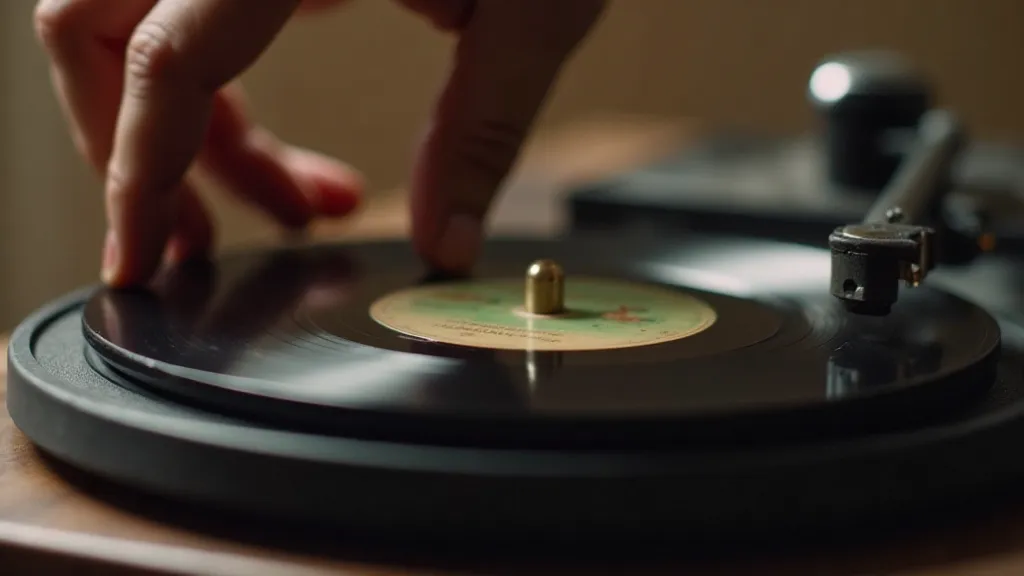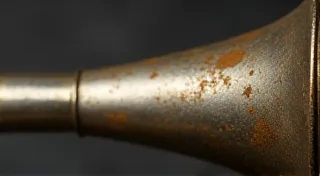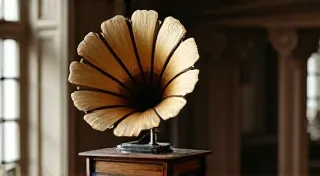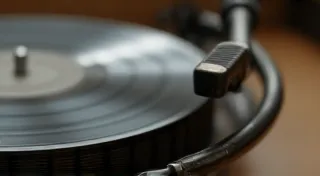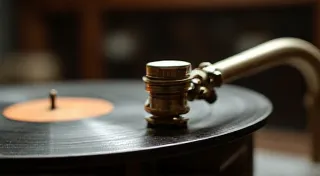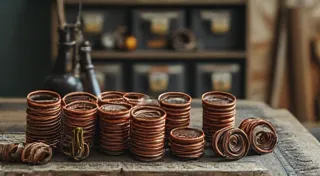Preventative Maintenance: Keeping Your Phonograph in Top Condition
Your antique phonograph isn't just a beautiful piece of history; it's a complex mechanical instrument that deserves regular care. While restoration projects often focus on fixing existing issues, preventative maintenance is crucial for avoiding problems and ensuring your phonograph continues to play beautifully for years to come. This article outlines practical routines and tips you can easily incorporate into your phonograph care regimen.
Understanding Potential Issues
Before diving into maintenance, it’s helpful to understand the common culprits behind phonograph deterioration. These include:
- Dust and Debris: A major enemy! Dust can scratch records, clog moving parts, and contribute to corrosion.
- Humidity: Can cause rust, sticky mechanisms, and damage to felt components.
- Temperature Fluctuations: Can warp records and cause wooden parts to crack.
- Felt and Rubber Deterioration: These components dry out and crack over time, impacting sound quality and requiring replacement.
- Grease and Lubricant Breakdown: Old grease can harden, restricting movement and increasing wear.
Simple Cleaning Routines
Regular cleaning is the foundation of preventative maintenance. Here's what to do:
- Exterior Cleaning: Gently wipe down the phonograph's cabinet with a soft, damp cloth. Avoid harsh chemicals; mild soap and water are generally safe.
- Record Cleaning: Absolutely essential! Use a specialized record cleaning kit or a soft brush and distilled water. Always handle records by the edges to avoid fingerprints.
- Needle Cleaning: Regularly clean the needle with a stylus brush to remove dust and debris. A slightly dampened (with distilled water) brush is even better.
- Mechanism Dusting: Using a soft brush, carefully dust the internal mechanisms. Pay attention to gears, levers, and felt pads. A compressed air duster (used cautiously!) can also be helpful for hard-to-reach areas.
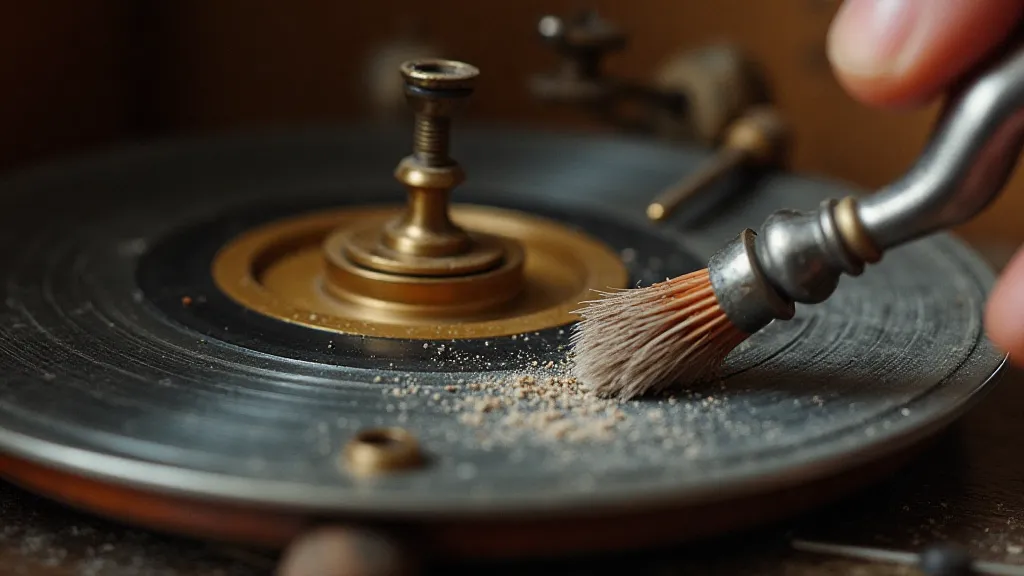
Regular Inspections
Periodic inspections allow you to identify potential problems before they become major repairs. Look for:
- Rust: Check screws, gears, and other metal components for signs of rust. Address any rust immediately with appropriate rust removal techniques.
- Cracked or Dry Felt: Replace cracked or dried-out felt pads on the tone arm, turntable, and other contact points.
- Stiff or Sticky Mechanisms: Identify and address any mechanisms that aren't moving freely. A tiny amount of appropriate lubricant might be needed (see lubrication section below).
- Record Warping: Regularly inspect your records for warping. Store records vertically and avoid extreme temperatures.
Lubrication – A Cautious Approach
Lubrication is critical, but it's also where mistakes can be costly. Use only lubricants specifically designed for antique machinery. Avoid petroleum-based oils, which can damage felt and rubber. Commonly recommended lubricants include:
- Mineral Oil: A general-purpose lubricant for gears and levers.
- Clock Oil: Designed for delicate clock mechanisms and is often a good choice for phonographs.
Apply lubricant sparingly. A tiny drop is often all that’s needed. Over-lubrication attracts dust and creates a sticky mess.
Environmental Control
Controlling your phonograph's environment is a key preventative measure:
- Temperature: Keep the phonograph in a stable temperature environment, avoiding direct sunlight and extreme heat.
- Humidity: Maintain a moderate humidity level. A dehumidifier might be necessary in humid climates.
- Storage: When not in use, cover the phonograph to protect it from dust. Store records vertically, away from heat and sunlight.
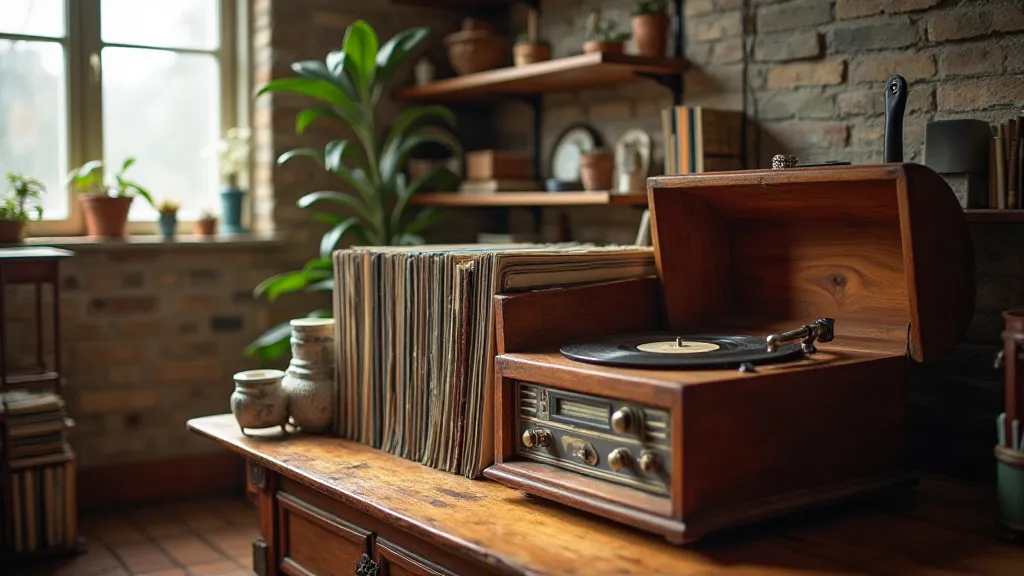
Long-Term Preservation
For collectors focused on preservation rather than restoration, meticulous preventative maintenance is the priority. This means frequent cleaning, regular inspections, precise lubrication, and unwavering attention to environmental control. It's a commitment, but it ensures your antique phonograph remains a treasured piece of history for generations to come.
